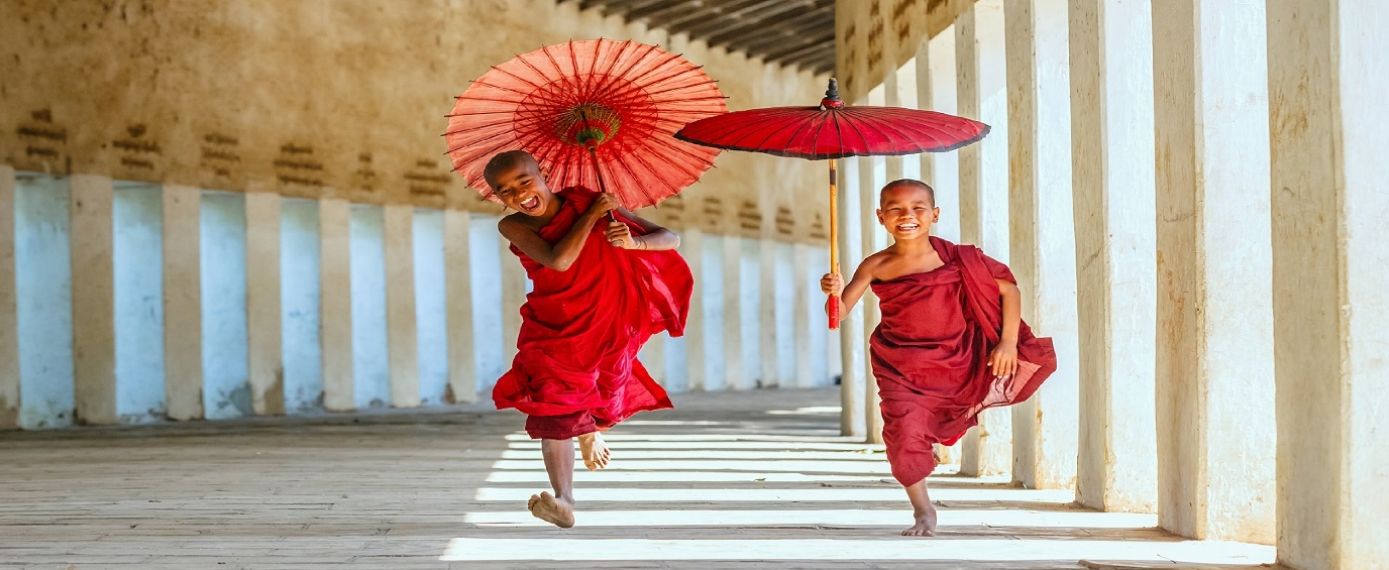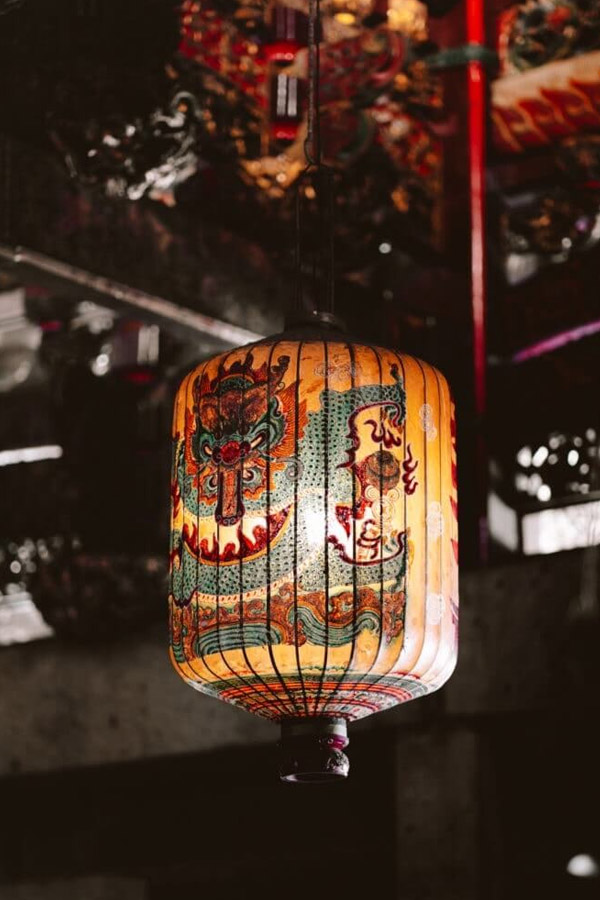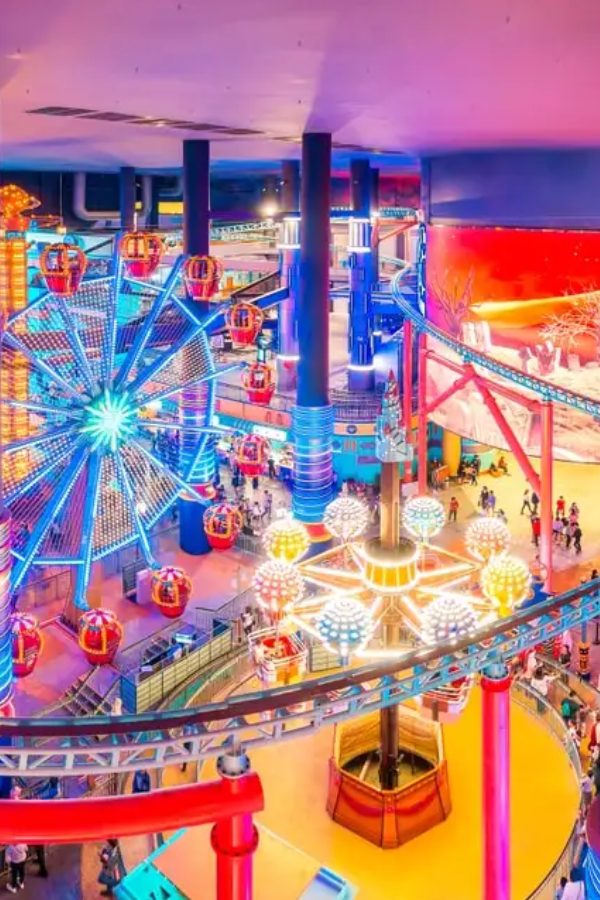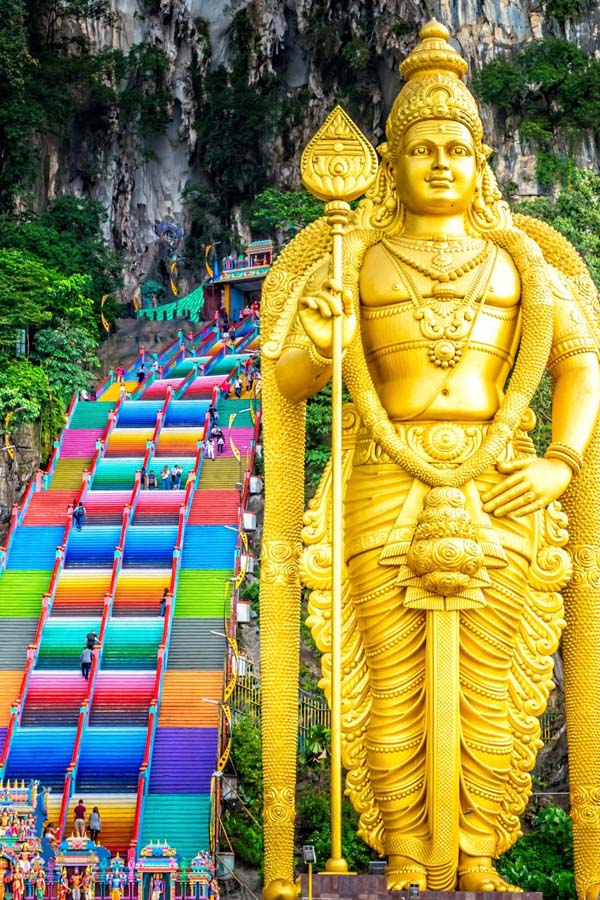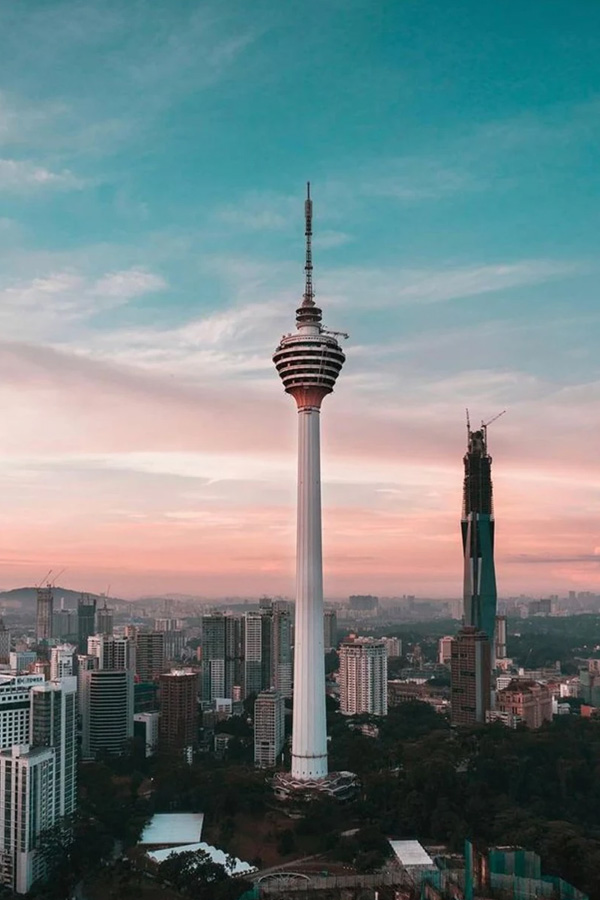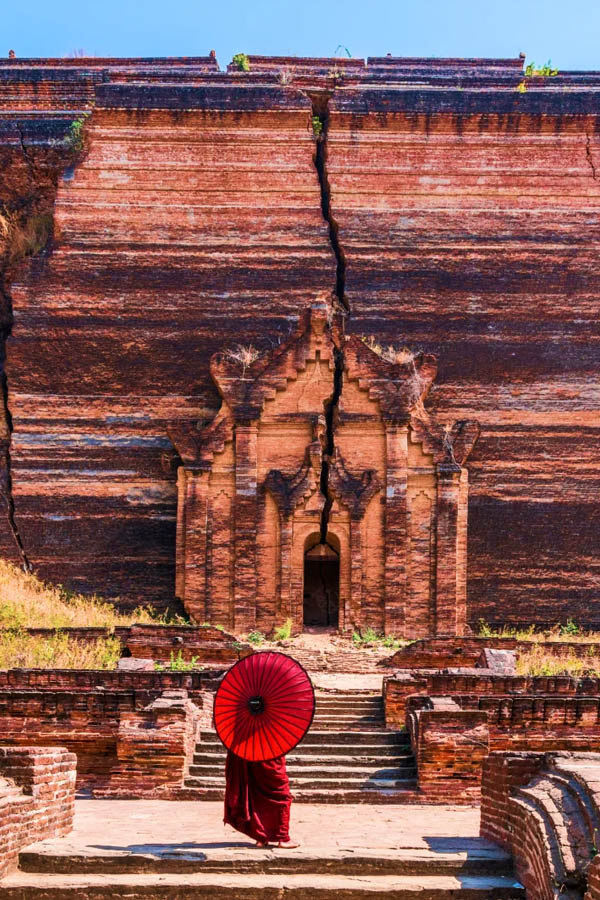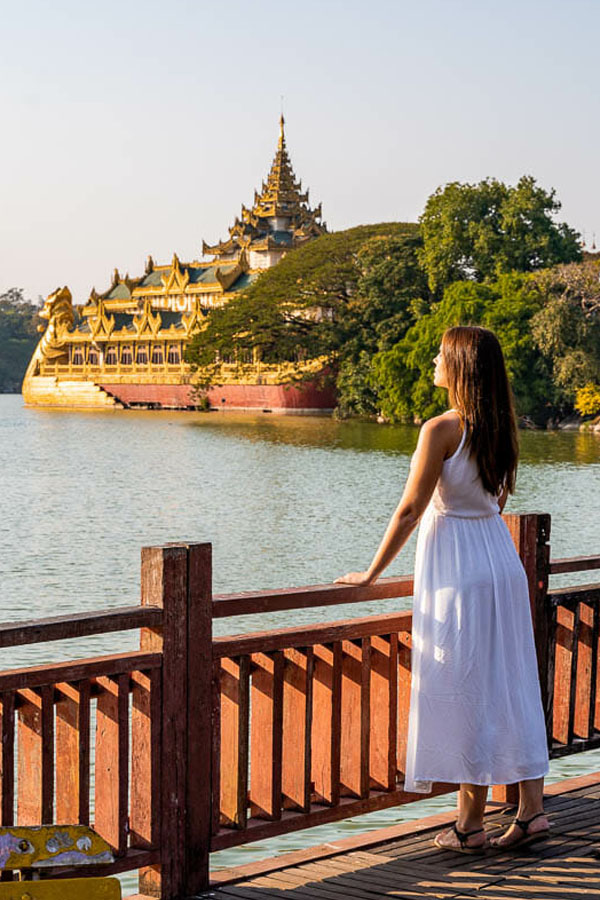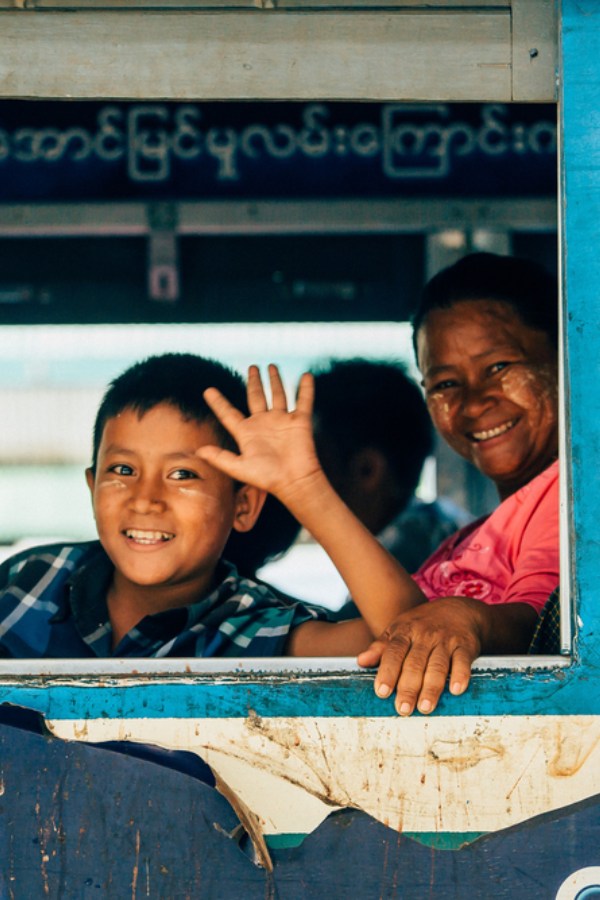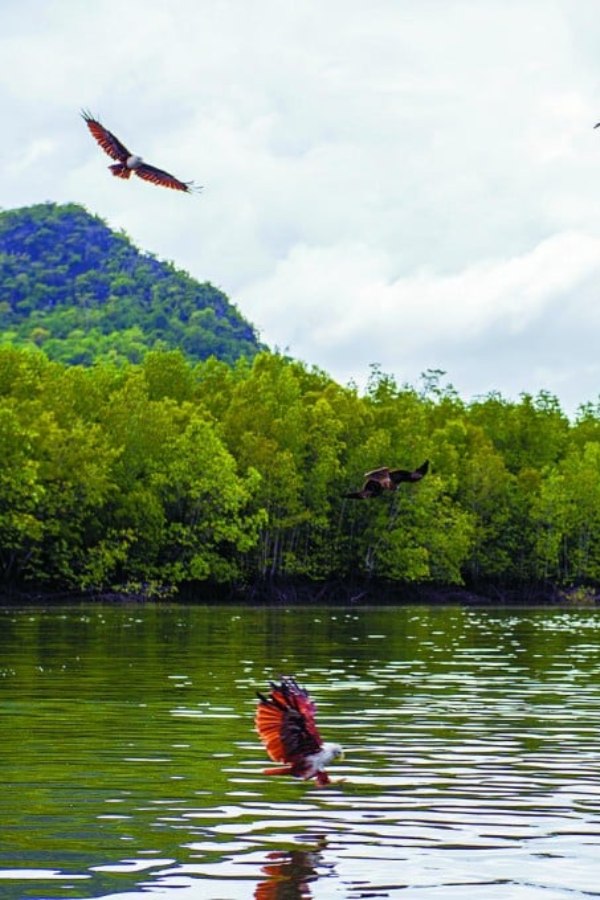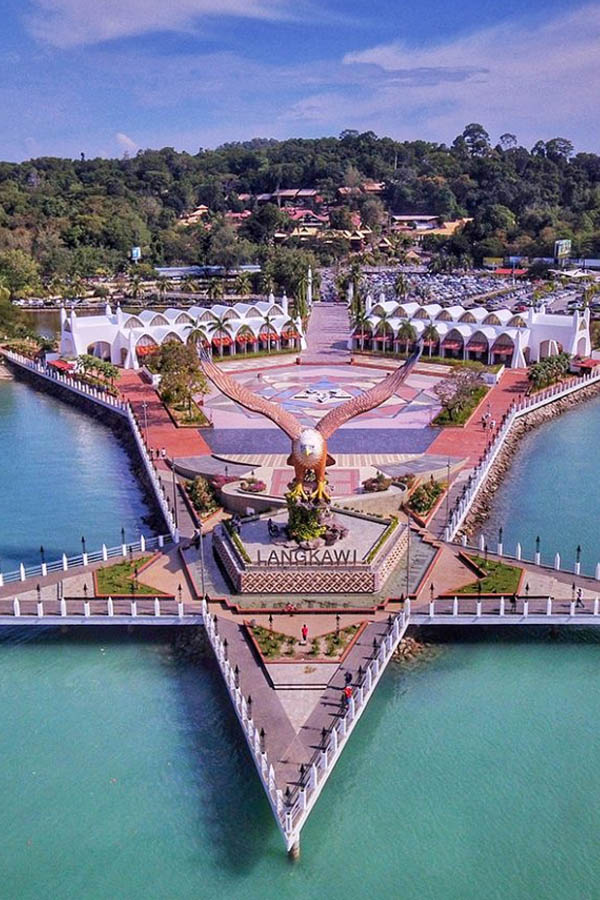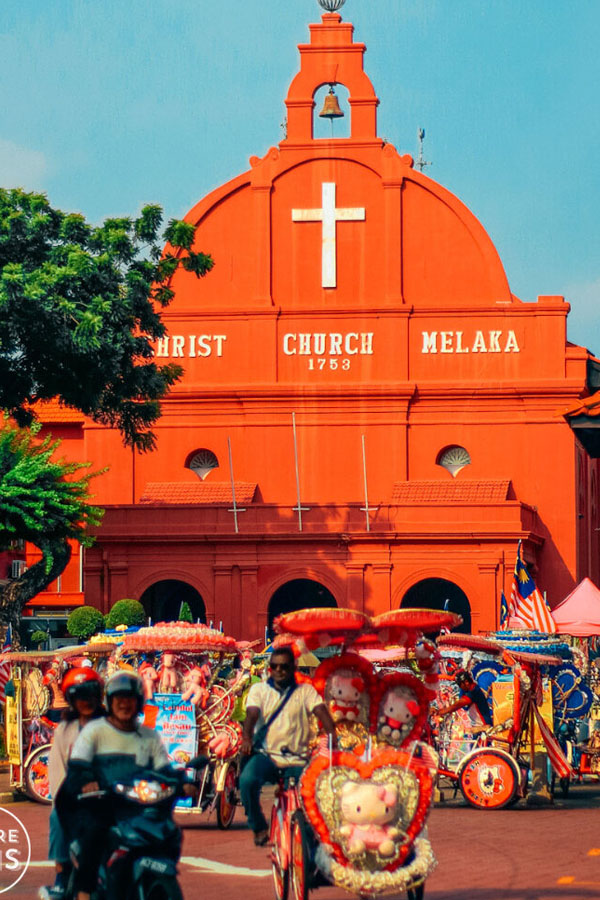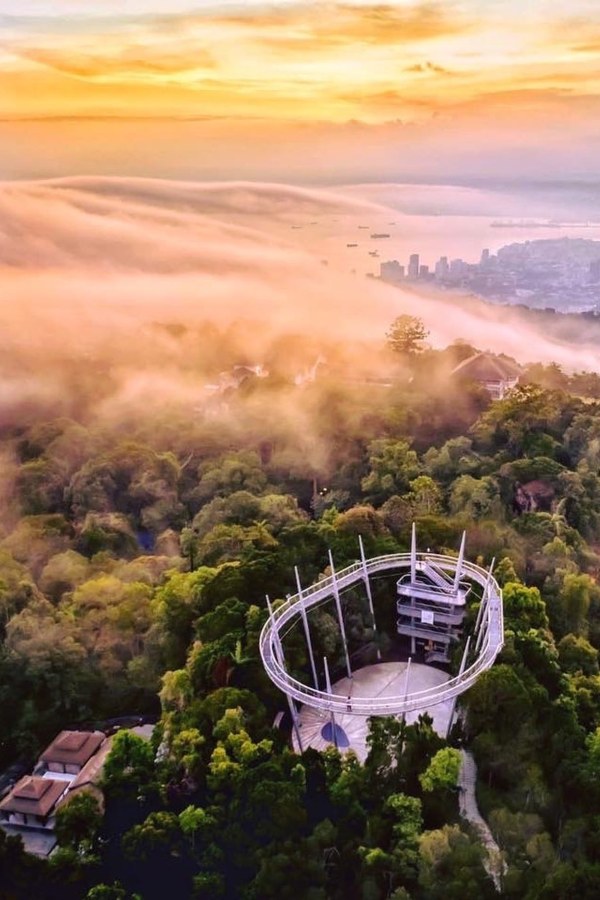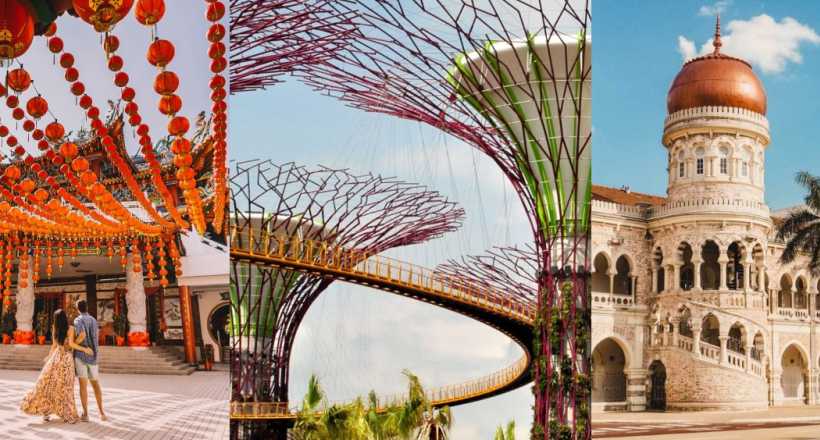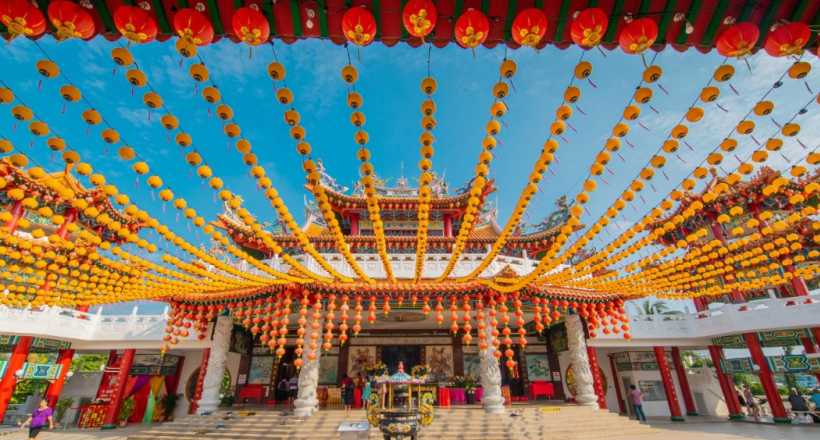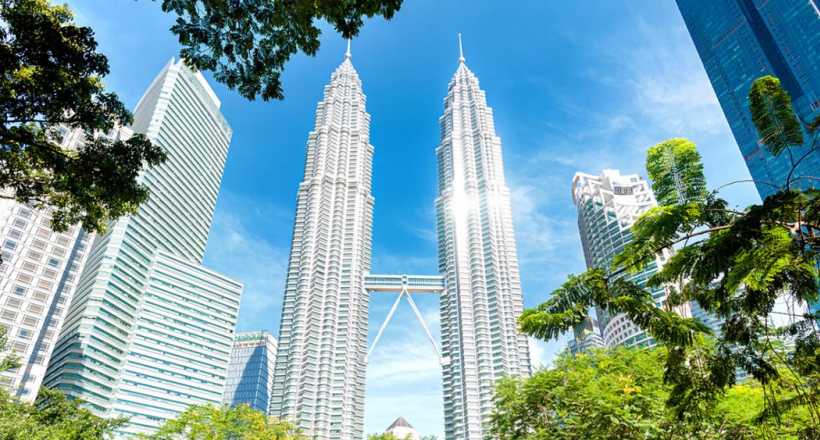
This well-crafted travel itinerary takes you on a 15-day journey around the colorful, diverse landscapes of Malaysia and Myanmar. The main highlight of the tour in Malaysia is the trio of Penang, Langkawi, and Kuala Lumpur. From dense primeval forests to UNESCO-designated towns and modern skyscapes, your excursions in this country are surely filled with fun and excitement. Meanwhile, in Myanmar, you will soak up the spiritual ambiance when visiting the gilded stupas and pagodas of Yangon and Mandalay. It’s a wonderful time to discover the rich history and culture of Malaysia and Myanmar.
This well-crafted travel itinerary takes you on a 15-day journey around the colorful, diverse landscapes of Malaysia and Myanmar. The main highlight of the tour in Malaysia is the trio of Penang, Langkawi, and Kuala Lumpur. From dense primeval forests to UNESCO-designated towns and modern skyscapes, your excursions in this country are surely filled with fun and excitement. Meanwhile, in Myanmar, you will soak up the spiritual ambiance when visiting the gilded stupas and pagodas of Yangon and Mandalay. It’s a wonderful time to discover the rich history and culture of Malaysia and Myanmar.
Read more ...
Highlights of this Tour
Our tour includes
Stay at
Hotel(14 nights)
Read more...Transfers
Travel by private & shared vehicle with driver according to daily schedule
Read more...Local Team
Private guides, drivers, your own travel expert
Read more...Meals
Daily scheduled meals including breakfast at hotel and lunch at local restaurant
Read more...Activities
13 Interesting Experiences
Read more...Services
In-tour offerings including entrance fees, boat trips, in-tour flights...
Read more...Stay at
Hotel(14 nights)
Read more...Transfers
Travel by private & shared vehicle with driver according to daily schedule
Read more...Local Team
Private guides, drivers, your own travel expert
Read more...Meals
Daily scheduled meals including breakfast at hotel and lunch at local restaurant
Read more...Activities
13 Interesting Experiences
Read more...Services
In-tour offerings including entrance fees, boat trips, in-tour flights...
Read more...Trip Overview
Exotic Malaysia & Myanmar - 15 days

Penang
Langkawi
Kuala Lumpur
Yangon
Mandalay

With over 15 years of experience, our team will help you choose the perfect for your adventure.

Authentic

Flexible

Persionalized

24/7 Support


Destinations of this tour
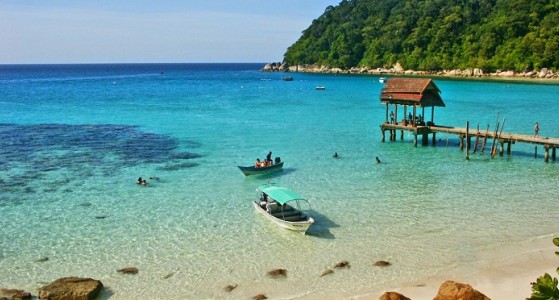
Penang is a state on the west coast of Peninsular Malaysia. Geographically, the state consists of Penang Island, and Seberang Perai, the mainland strip facing the island, which are separated by a small stretch of the Strait of Malacca. Penang is rich in culture and history, with a unique mix of Malay, Chinese, Indian and British influences. Visitors will find Penang brimming with charming historic buildings, ornate religious sites, sandy beaches, kampungs surrounded by rice paddies, vast unbeaten jungles, all topped with a splash of bustling city life. The unique way in which cultures have melded in Penang may be best represented in the food. Frequently voted among Asia’s top locations to eat street food, the blend of Malay, Chinese, Indian and European culinary traditions makes for an unforgettable banquet of taste sensations. Once was a British colonial holding, Penang has an abundance of classical Victorian architecture, particularly in the capital city, Georgetown. History buffs and architecture lovers in particular will appreciate the colonial-era Penang City Hall, Fort Cornwallis and the Penang State Museum. Part of Penang’s charm is that within minutes of admiring colonial architecture you can be wandering among the colorful statues of the Burmese Buddhist Temple or admiring the peaceful geometric patterns of the Kapitan Keling Mosque. Don’t miss the superb Pinang Peranakan Mansion, where the opulent lifestyle enjoyed by the wealthy Chinese Straits families has been recreated with antique furnishings from all over the world. If you enjoy getting back to nature, take a hike in the Penang National Park. Visit the nearby Penang Butterfly Farm for a colorful adventure the entire family will enjoy. And don’t miss the tropical spice garden, one of Malaysia’s premier eco-tourism attractions with more 100 herbs and spices growing wild.
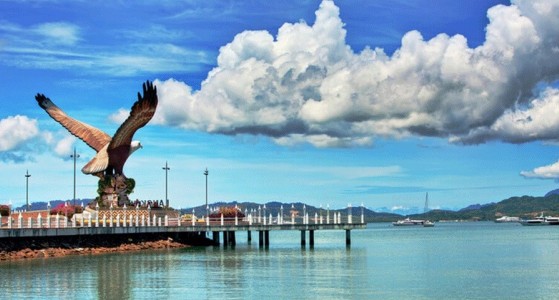
Langkawi is an archipelago of 99 islands in the Andaman Sea, 30 km off the mainland coast of Kedah state. It is a famous destination in Malaysia due to its natural white sand beaches, lush jungle foliage, craggy mountain peaks and duty-free status, where alcohol is affordable. Well known due to its astounding nature on show, there are plenty of attractions in Langkawi with lots of idyllic beaches, sparkling waterfalls and wonderfully wild nature parks to explore. In the north of Langkawi island lies Kilim Geoforest Park, a UNESCO World Heritage Site declared in 2007, featuring diverse flora and fauna, striking limestone karsts, caves, lagoons and mangrove forests. This area is made up of three river estuaries that attract wildlife such as sea otters, brown-winged kingfishers, sea eagles and swimming macaques. The best way to explore the reserve’s canals and waterways is by kayak. A guided tour will take you along a maze of trails, through the mangrove jungles lining the water and into limestone caves, including the Bat Cave (Gua Kelawar) where you can view stalagmites and stalactites as well as hundreds of insectivorous bats. Home to condensed rainforests stretched out to the entire island, Langkawi offers wide range of trekking from easy to extreme levels to cater for adventurers' all kinds of need. Most of the trekking trails and hiking routes in the island follow the slopes leading to the two highest mountains Gunung Raya and Gunung Mat Cincang where hundred of years old giant tall trees, rare birds and stunning flowers can be found.
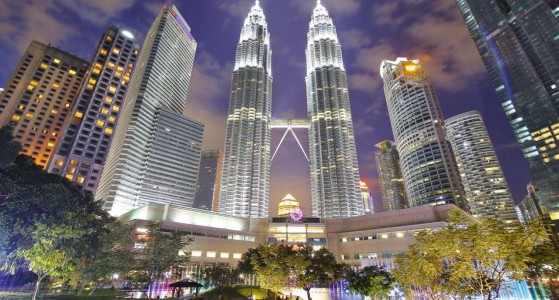
Kuala Lumpur is a diversity cultural melting pot, where jade-topped Chinese gates open out onto palm-lined squares, Indian restaurants serve banana leaf curries in marigold-scented alleyways, and old-fashioned Malay villages lie squeezed between the skyscrapers. Founded in 1857 under British rule as a tin mining outpost, Kuala Lumpur is fairly new as far as Malaysian cities go and does not have the rich history like Georgetown or Malacca. After a couple of decades of fluctuation, Kuala Lumpur began to prosper and was made capital of the Federated Malay States in 1896. Today, Kuala Lumpur is the capital of one of the economic powerhouses of Asia. Kuala Lumpurites come in all sorts. Malaysian and Chinese make up 80 percent of the population, and about 7 percent are Indians. Among the rest are offspring of intermarriages between races. Most Kuala Lumpurites speak at least two languages, one of which is Malay, or Bahasa Malaysia, the national language; some speak up to five – including Chinese and Indian dialects.

Melaka, or Malacca as it is previously known, is one of the most important port cities in the history of world trade. As a UNESCO World Heritage Site declared in 2008, Melaka showcases a fusion of Asian and European influences. It is also a perfect example of the perfect mix of different cultures and religions in Southeast Asia. Melaka’s history started as an independent sultanate. Later on, the Portuguese conquered it during its explorations in the 16th century. Some signs of Portuguese occupation still remain. After that, it became part of the Dutch empire. Most of the colonial buildings in the city came from that period. Situated in the Malacca Strait that connects the South Asian Sea and Europe to the East, the city was once the seat of the Malay Kingdom and has gone through several periods of prosperity as well as neglect. The city now offers a blend of cultural heritage, vibrant street art, and mouthwatering cuisine. It is well known for its colonial architecture, unique Nyonya traditions and colorful old town. For a visit, the historic city of Melaka is divided into two core zones on either side of the Melaka River. The first is St Paul's Hill Civic Zone with a number of government buildings, museums, churches, urban squares and the original fortress town from the 16th century Portuguese and Dutch periods. The second, on the other side of the river, is the Historic Residential and Commercial Zone, with more than 600 shophouses, commercial and residential buildings, religious buildings and tombs. A visit on foot along the old streets of Melaka past its ruins reflecting the rich history of hundreds of years of Asian and European influence, that will showcase Melaka's cosmopolitan journey over the centuries.
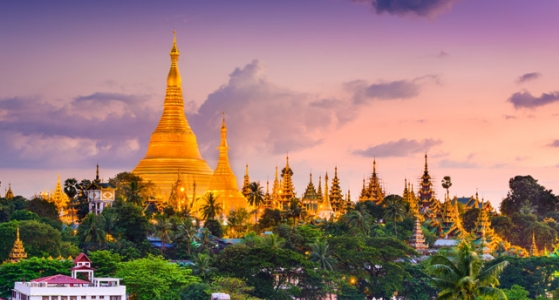
Yangon, or Rangoon as it was once known, is the gateway to Myanmar for most travelers. Though no longer the capital, Yangon remains Myanmar’s commercial heart and also the core of its spiritual life. The city has got a lot of contrasts, with the gentle bustle of traditional shophouses sitting side by side with the stark grandeur of 19th-century facades. A city tour might begin with the gleaming golden Shwedagon Paya, one of Yangon's most compelling attractions. Wandering around the warren of historic streets closer to the waterfront is a great way to learn about the city's colonial-era history. Further afield, visit the intriguing old cities of Amarapura, home to an ancient and famous teak bridge, over a kilometer long, and the incredible stupas from Sagaing. Jump aboard the Yangon Circle train, the most popular form of travel for local Yangonites, as it trundles along 29 miles of bumpy track through the city’s suburbs. Commuters, monks and snack-selling vendors hop on and off; spend time at some stops visiting tea shops and local markets nearby. Explore the Chinatown lying between Shwedaungtan and Shwedagon Pagoda streets. Starting from the 19th street to experience the street food in Yangon; outside seating, bustling local life and a boozy night scene. The Maha Bandula road is one of the busier for street food in Yangon. The area varies from with street food from delicious shan noodles and fried street foods to insects and cooked innards.
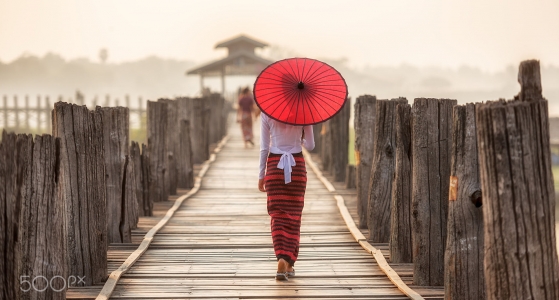
Known as the major destination on travellers’ itineraries after Yangon, Mandalay once served as the last royal city of Burmese kingdom before the country was colonised by Britain in 1885. As a home to fascinating monasteries, gem covered temples and the huge fortifications of the former royal palace, Mandalay now is the country’s second biggest city, a major commercial and cultural center. You can get a great feel for the city and its position in the heart of Myanmar as you watch the sunset from Mandalay Hill. Remember to leave your shoes in a shoebox at the bottom since it is a pilgrimage site not allowed to bring your shoes to the top of the hill. Apart from visiting the pagodas, temples and monasteries, take time to venture off outside of the city for many attractions in the surroundings. Visit the U Bein Bridge, the longest teak bridge in the world, built on Taungthaman Lake in 1849 in Amarupa, a township of Mandalay. From Mandalay, you can take a boat trip on the Irrawaddy River to the village of Mingun, famous for its brick pagoda built by King Bodawpaya in the early 19th century. It is home to one of the largest bells in the world with its 90 ton weight. The village of Sagaing, with its hill offering panoramic views over the Irrawaddy River, is also worth a visit. Like any other big cities, there’s no better way to explore Mandalay than immersing yourself in its sights and sounds of daily life. The cuisine here is an exotic blend of noodles, seafood, and rice, spiced up and enhanced by condiments and salads. Fruits, a feature of the tropical climate, are also an important part of this cuisine. The food has been influenced by the techniques, ingredients and flavors of Myanmar’s neighbors: Thailand, India and China. Head down to Zay Cho market, or one of the many other streets of bustling stalls, to sample an array of traditional Burmese and international dishes.
OTHER TOURS YOU MAY LIKE
Classic Singapore & Malaysia
Only From $1498/person
All Inclusive ServiceThis Tour
True Beauty of Malaysia
Only From $1345/person
All Inclusive ServiceThis Tour
Malaysia Highlights
Only From $2700/person
All Inclusive ServiceThis Tour

Customize this tour with us!


Adventure Travel Trade Association


American Society of Travel Agents


Family Travel Association


TripAdvisor


Wikipedia


World Travel Awards
ABOUT US
Our storyTrusted Travel CompanyWhat Makes Us DifferentMeet Our TeamSoutheast Asia Travel GuideSoutheast Asia Tour HighlightsPre-departuresDeposit & PaymentCancellation PolicyTerms and ConditionsOur Destinations
Vietnam ToursCambodia ToursLaos ToursMyanmar ToursThailand ToursSingapore ToursIndonesia ToursMalaysia ToursPhilippines ToursWith over 15 years of experience in the tourism field, Southeast Asia Travel company has built a solid reputation as experts in designing custom tours across Southeast Asia: Vietnam, Laos, Cambodia, Thailand, Singapore, Malaysia, Indonesia, Myanmar, Philippines... Read more
